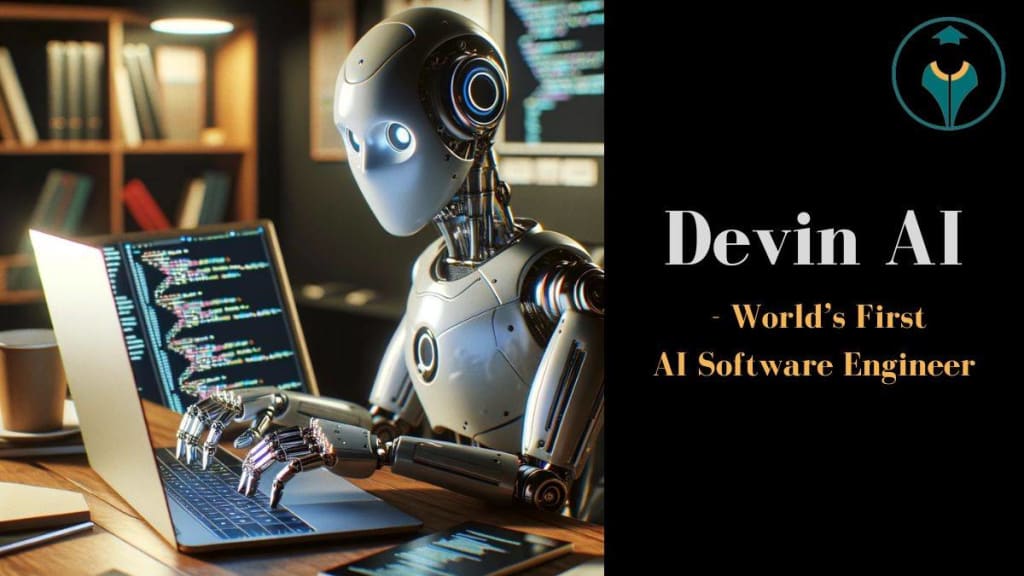
Part 1: Understanding Artificial Intelligence (AI)
Artificial Intelligence (AI) stands as one of the most transformative technologies of the modern era, promising to reshape industries, economies, and societies. At its essence, AI refers to the development of computer systems that can perform tasks that typically require human intelligence. These tasks range from simple calculations to complex decision-making processes, all executed with remarkable speed and accuracy.
The concept of AI encompasses a broad spectrum of capabilities, including machine learning, natural language processing, computer vision, robotics, and more. Machine learning, in particular, has emerged as a cornerstone of AI, enabling systems to learn from data, identify patterns, and make predictions or decisions without explicit programming. This ability to learn and adapt from experience is what sets AI apart from traditional software systems.
AI applications are ubiquitous in our daily lives, often operating behind the scenes to enhance efficiency, convenience, and personalization. From recommendation algorithms powering streaming services to virtual assistants responding to voice commands, AI has become deeply integrated into our digital ecosystem.
However, as AI continues to advance, so too do the questions and concerns surrounding its implications. Ethical considerations, such as bias in algorithms, privacy infringement, and the impact on employment, demand careful attention and regulation. Additionally, the prospect of superintelligent AI, capable of outperforming human intelligence across all domains, raises existential questions about the future of humanity.
In the second part of this article, we will delve deeper into these topics, exploring the opportunities and challenges presented by the development and deployment of artificial intelligence. By examining real-world examples and current trends, we aim to gain a comprehensive understanding of AI's potential and its implications for society as a whole.
Part 2: The Divisions of Artificial Intelligence
As Artificial Intelligence (AI) continues its march toward greater sophistication, it's crucial to understand its various divisions and subfields. These divisions not only delineate the capabilities of AI but also shed light on its potential applications, limitations, and ethical considerations.
Narrow AI vs. General AI:
Narrow AI: Also known as Weak AI, Narrow AI refers to systems designed and trained for specific tasks or domains. Examples include virtual assistants like Siri or Alexa, image recognition software, and recommendation algorithms. While Narrow AI excels within its predefined scope, it lacks the ability to generalize its knowledge beyond that domain.
General AI: In contrast, General AI, often referred to as Strong AI or Artificial General Intelligence (AGI), represents the hypothetical intelligence that can understand, learn, and apply knowledge across diverse domains—akin to human intelligence. Achieving General AI remains a long-term goal and poses significant technical and ethical challenges.
Machine Learning Paradigms:
Supervised Learning: In supervised learning, algorithms are trained on labeled data, where each input is associated with a corresponding output. The model learns to map inputs to outputs based on the provided examples, making it suitable for tasks like classification and regression.
Unsupervised Learning: Unsupervised learning involves training algorithms on unlabeled data, allowing the model to discover hidden patterns or structures within the data. Clustering, anomaly detection, and dimensionality reduction are common applications of unsupervised learning.
Reinforcement Learning: Reinforcement learning operates on the principle of trial and error, where an agent learns to interact with an environment to maximize cumulative rewards. This paradigm is well-suited for tasks requiring decision-making and sequential actions, such as game playing and robotics.
Ethical Considerations:
Bias and Fairness: AI systems can inadvertently perpetuate or amplify biases present in the data used for training, leading to unfair outcomes or discrimination. Addressing bias and promoting fairness in AI algorithms is essential for ensuring equitable decision-making.
Privacy and Security: The widespread deployment of AI raises concerns about data privacy and security. Collecting, storing, and analyzing vast amounts of personal data introduces risks of unauthorized access, misuse, or breaches, necessitating robust privacy-preserving techniques and regulations.
Job Displacement and Economic Impacts: While AI offers opportunities for automation and efficiency gains, it also raises concerns about job displacement and the widening gap between skilled and unskilled labor. Governments, businesses, and policymakers must consider strategies to mitigate these impacts and ensure a smooth transition for the workforce.
The Quest for Superintelligent AI:
The pursuit of Superintelligent AI, or Artificial Superintelligence (ASI), entails developing systems that surpass human intelligence across all domains. While this prospect holds the promise of solving complex problems and advancing civilization, it also poses existential risks if not carefully managed. Safeguarding against unintended consequences and ensuring alignment with human values are paramount in this endeavor.
By comprehensively understanding the divisions of Artificial Intelligence and the accompanying challenges, stakeholders can navigate the evolving landscape of AI responsibly and ethically, harnessing its potential for the betterment of society while mitigating risks and ensuring equitable outcomes for all.
About the Creator
hawk1
My name is Youssef, nicknamed "Hawk," a college graduate. I'm here to assist you in providing inspiring and helpful content. I hope for your subscription and support.





Comments
There are no comments for this story
Be the first to respond and start the conversation.